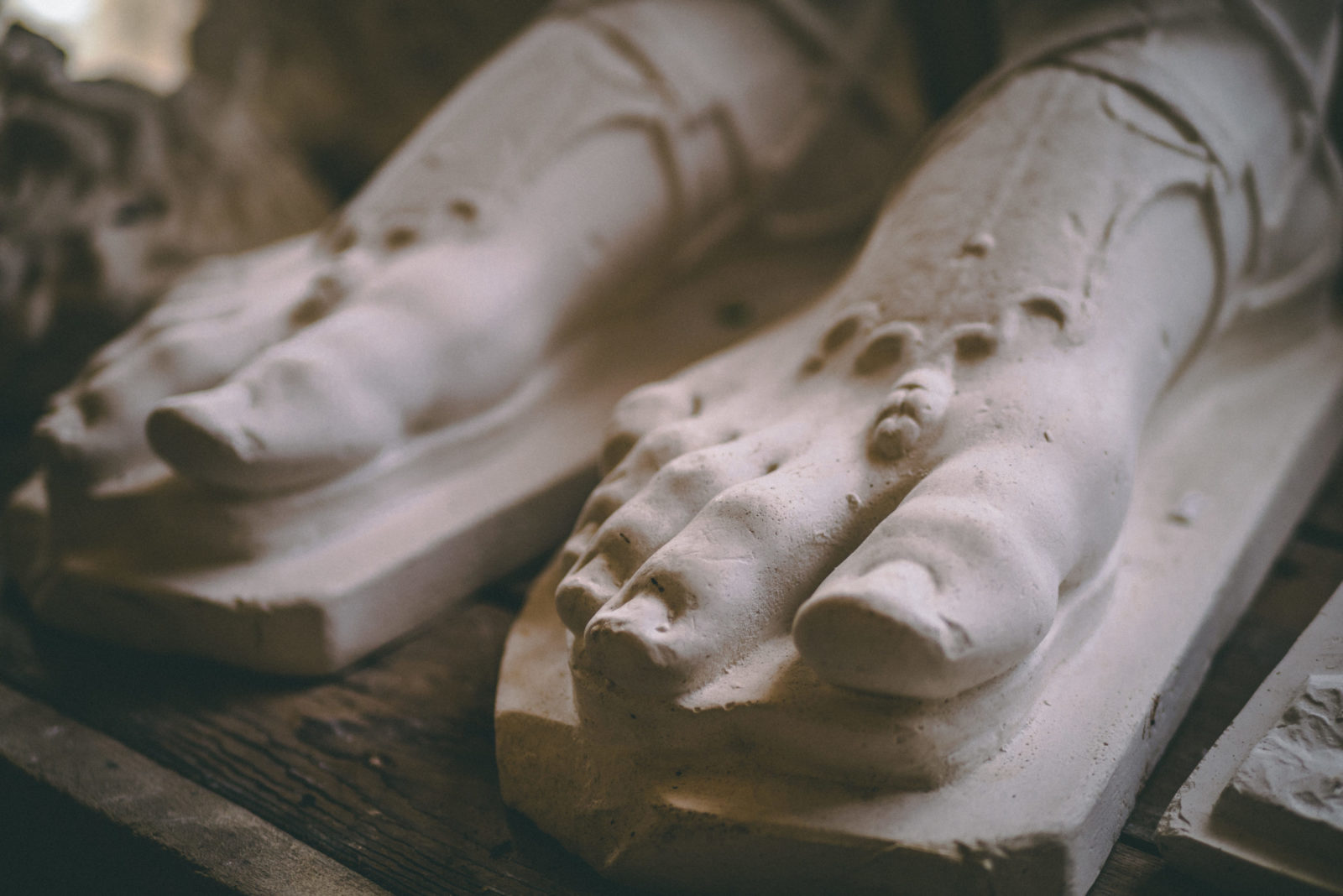Theoretical Clay Feet
Published in EternityHave you ever seen a wooden bead in a pocket calculator? Sounds ludicrous, doesn’t it? But calculators have not always contained such “high tech” components as silicon and plastic. The primitive abacus relied on racks of wooden beads to perform mathematical calculations. Of course our modern version retains none of the wooden components of its “low tech” precursor.
So it is with life, asserts A.G. Cairns-Smith, a chemist at the University of Glasgow, Scotland. Cairns-Smith has offered a bold conjecture about “The First Organisms,” in the June, 1985, issue of Scientific American magazine. Contrary to this century’s dominant scientific theory of how life began, Cairns-Smith has speculated that life, like the calculator, started in a “low tech” model of clay. The clay was eventually taken over by organic matter, to produce “high tech” life with its biochemical components of protein and DNA.
Drawing parallels between this “clay-life” hypothesis, first proposed in the 1960s, and the creation account in Genesis would be premature, though. Despite the enthusiasm the model has generated, it has problems as do its rival origin-of-life theories.
Early in this century, A.I. Oparin of Russia and J.B.S. Haldane of England independently speculated that the complex biochemical arrangements found in living things evolved from simpler molecules that pre-existed on the primitive earth. These simple organic chemicals then gathered in the earth’s water basins to form a “hot dilute soup,” from which life formed through random chemical interaction.
Experimental support for the chemical soup hypothesis came in 1953 when Stanley Miller “simulated” early atmospheric conditions in his laboratory. Miller sent a 60,000 volt charge of electricity through a mixture of gases. Analysis showed that a significant portion of these gases had been converted into amino acids, the building blocks for proteins.
But 30 years of research have not fulfilled the promise of Miller’s early success. Three major problems have haunted researchers:
- Geologists have not discovered expected evidence of a “primordial soup.”
- Growing appreciation of life’s complexity has made random chemical reactions in a “soup” appear incredible.
- Chemical evolution presupposes a pre-life world with nonoxidizing conditions, but much evidence suggests that oxidizing conditions prevailed.
Cairns-Smith’s clay-life model represents a way to bypass these obstacles. The theory does not require a primordial soup; it avoids much of the randomness problem; and it does not presume a nonoxidizinng world.
But there are other difficulties. No evidence indicates that a “low tech” clay-life ever existed or was transformed into organic-based substances. More importantly, like the primordial soup approach, the theory does not account for the so-called “information problem” of genetics. The problem poses the most serious threat to naturalistic explanations about the origin of life.
From the discovery in 1953 of the double-helixed DNA molecule, scientists have metaphorically described DNA as a “code” that can explain genetic variability. It was not until the 1970s that researchers realized the profundity of this option. The mathematics developed by the technical discipline known as Information theory verified a startling attribute of the DNA molecule. The “code” in DNA is, in fact, more than a metaphor. It has all the mathematical qualities and complexity of a written language.
DNA’s baffling information content, conveyed by particular sequences of nucleotides in the DNA molecule, cannot be explained in physical and chemical terms. As an illustration, while identical physical and chemical laws describe the ink in the letters C-A-T and C-T-A. C-A-T means something and C-T-A doesn’t. Letters transmit information only if there is an accepted “symbol convention” to give meaning to their sequences. While the understood symbol convention of the English language gives meaning to C-A-T and not C-T-A, C-T-A would make sense as an acronym to, say, the Cat Trainers Association.
Likewise, there is an understood symbol convention within the cell which gives meaning to the information in DNA. The messages sent by the genetic code depend upon the specific sequences of its nucleotide constituents, not the properties of the constituents themselves. For both language and the genetic code, the message transcends the “medium.”
This is where Cairns-Smith’s theory breaks down. He hopes to someday prove that what he terms his clay “crystal genes” can store information. He offers no clues, however, as to how either “high tech” amino acids or “low tech” clay crystals might have arranged themselves into complex biochemical messages. In the absence of any mechanisms explaining these mysteries. Cairns-Smith invokes the literary device, to bridge the gap, of endowing evolution with attributes of intelligence. The “machinery of life,” he says, was built from “well-chosen components” with “an entire design approach” and a “cleverness that could only have been a product of evolution.”
Despite its problems, researchers ought to investigate Cairns-Smith’s clay-life idea. Scientists have, often inadvertently, made discoveries investigating such hypotheses. At the very least we would learn a lot about clay, even if it isn’t the clay of Genesis.
Charles Thaxton, a chemist, is co-author of The Mystery of Life’s Origin (Philosophical Library, 1984). He also serves as director of curriculum research for the Foundation for Thought and Ethics in Dallas, Texas.
Stephen C. Meyer is a freelance writer and a member of the American Scientific Affiliation.
